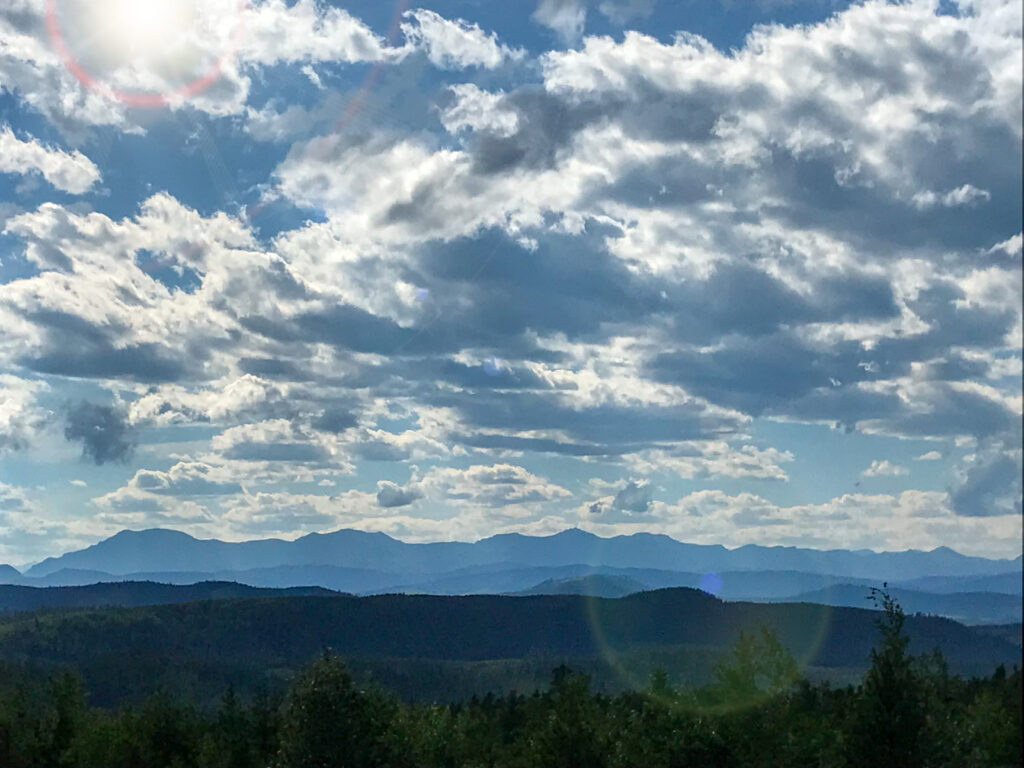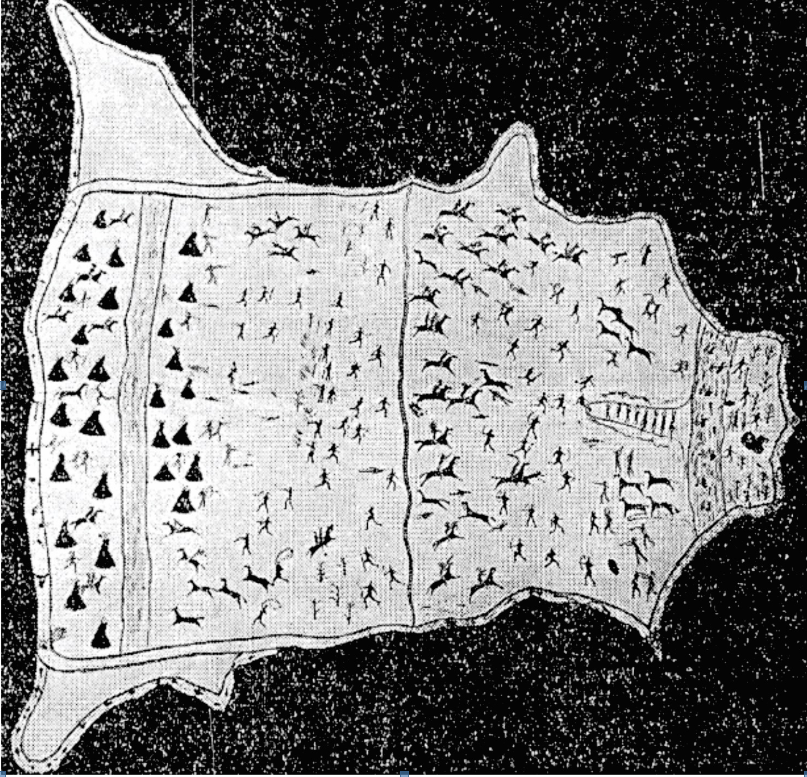Post Category : Local Archaeology Special Finds
Bison Jaw and Horse Tooth
At our Archaeological Roadshow event in Lac La Biche, AB Allan and Juanita Gaudreault brought in a collection of fossils. The fossils were fragments of a darkly stained bison jaw and a set of blueish grey horse teeth. Mr. Gaudreault told us the specimens were found in a low area near a lake. We came up with two possible interpretations of these specimens: they may have been permineralized due to being in a place with very hard groundwater; or could be dated to the early Holocene.
It is quite rare to find animal remains in the boreal forest in central and northern Alberta. The acidic soils of the boreal forest make for very poor preservation conditions. Animal bone is therefore rare, and these finds could help teach us about past environments in the region.
Tree Time Services reached out to Chris Jass, Curator of Quaternary Palaeontology at the Royal Alberta Museum (RAM), for more information on determining a possible age for the specimens. Jass confirms that “you can get fairly dark staining and mineralization fairly quickly depending on the depositional environment. However, if there’s a horse there, (the Gaudreaults) may be finding some older material.” Horses were native to North America, but went extinct sometime between 13,000 and 11,000 years ago (North American horse teeth were also recently found at the Brazeau Archaeological Survey project ). The horses that are ubiquitous in North America today were introduced by the Spanish in the late 15th and early 16th centuries. Due to the fossilized nature of the specimen and the recovery of the teeth from a possible relic lake bed, these horse teeth may be from the extinct North American horse.
Chris Jass goes on to state that he has “been working with a diver who has been pulling bones out of Cold Lake, and we’ve got Pleistocene dates (>11,700 years ago) on a bison that he’s recovered from the lake. I think there is considerable potential for recovery of late Pleistocene/early Holocene (ca. 11,700 years ago) material in many of the lakes in Alberta.”

On September 7, 2016 Corey Cookson, Project Archaeologist at Tree Time Services, and Christina Barron-Ortiz, Assistant Curator at the Royal Alberta Museum, made the trip up to the Gaudreault’s home to view the rest of their collection. Christina Barron-Ortiz is a specialist in horse and bison teeth. She confirmed that the horse tooth has the characteristics of several specimens the Royal Alberta Museum recovered from the lake bed near Cold Lake, AB. She also suspected that the bison jaw bone represented ancient bison but could not be as sure as the horse. With permission from the Gaudreaults, the bison jaw and horse tooth were collected and results from carbon dating are expected in the Spring.



